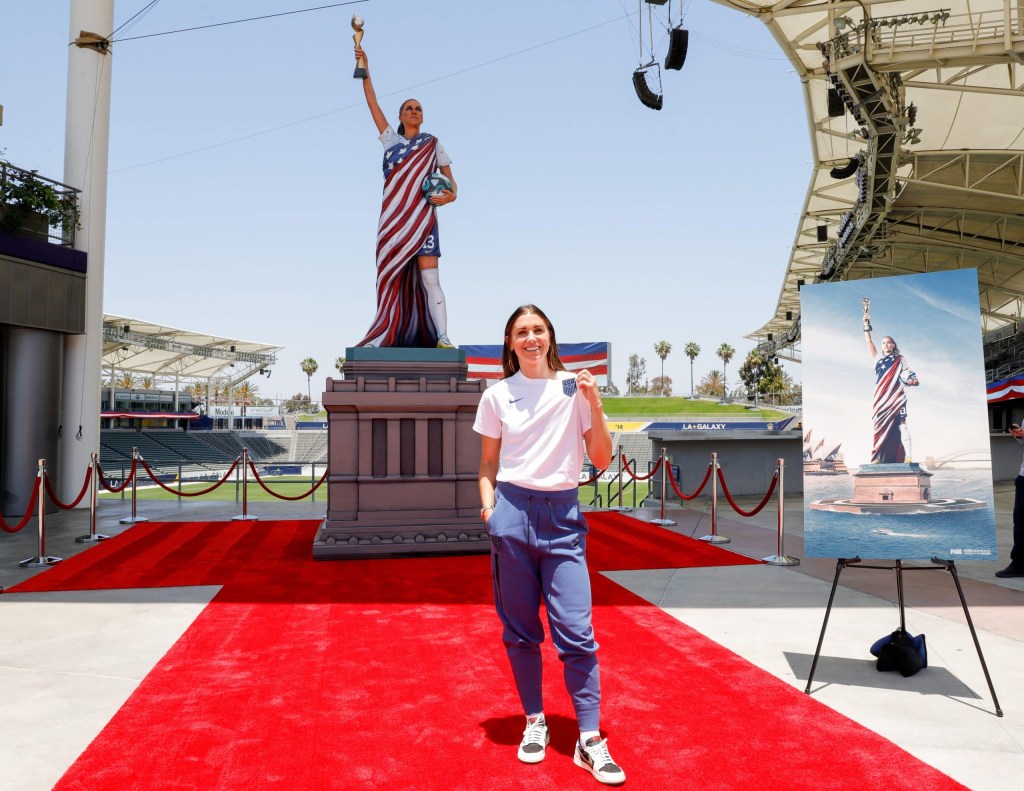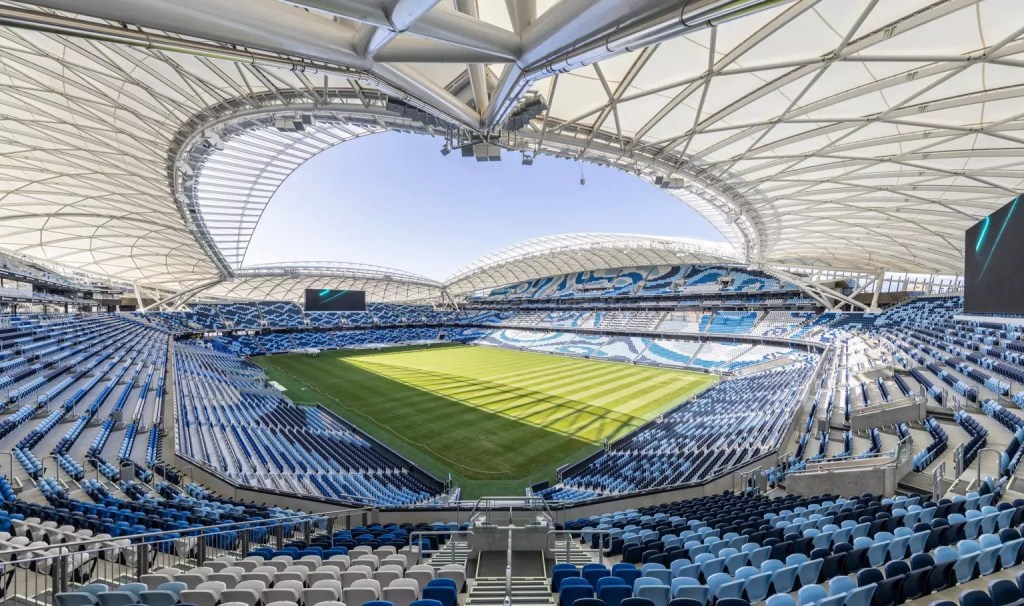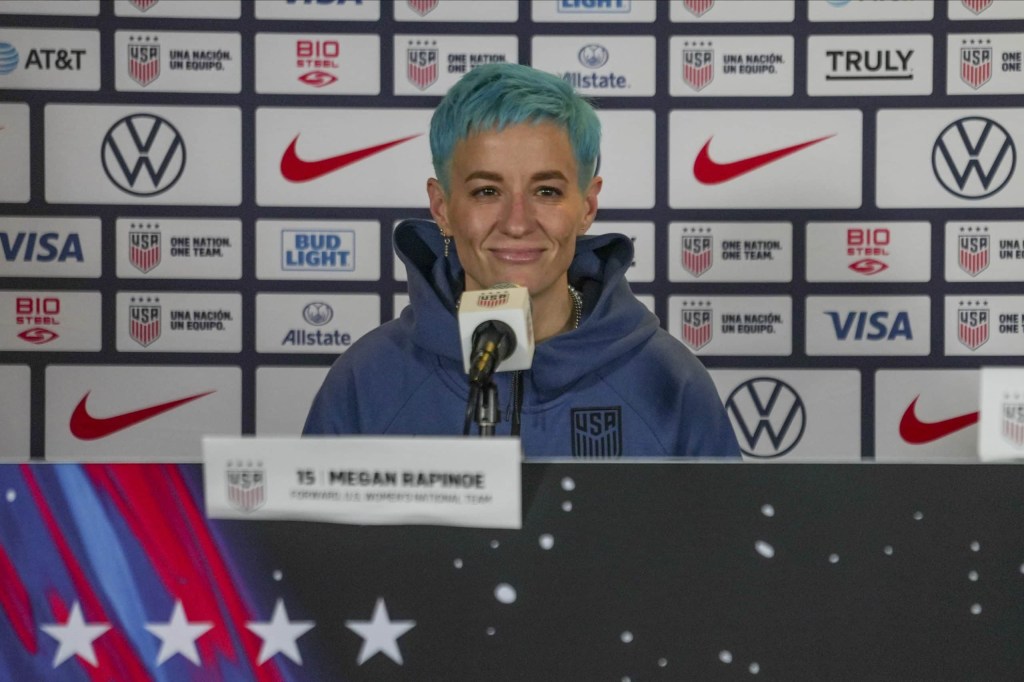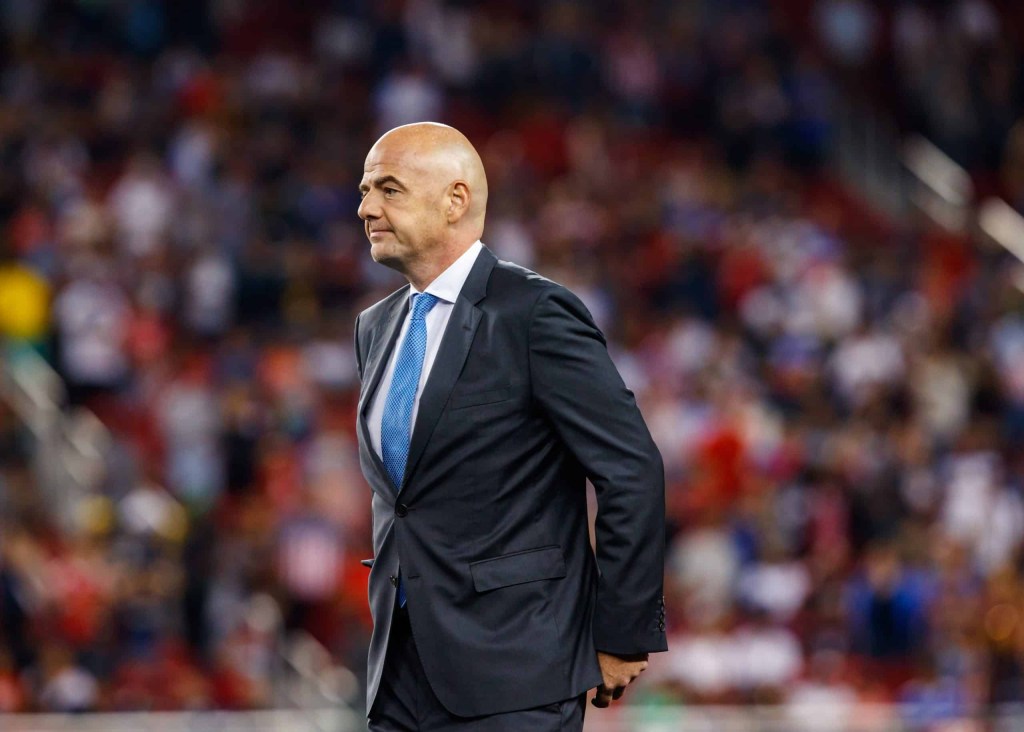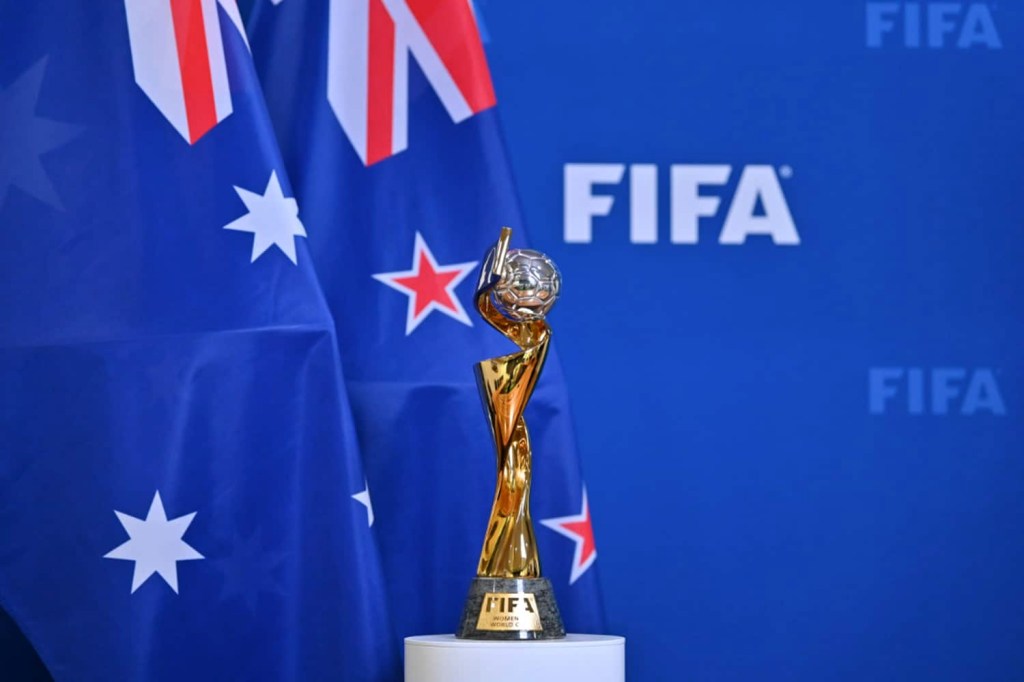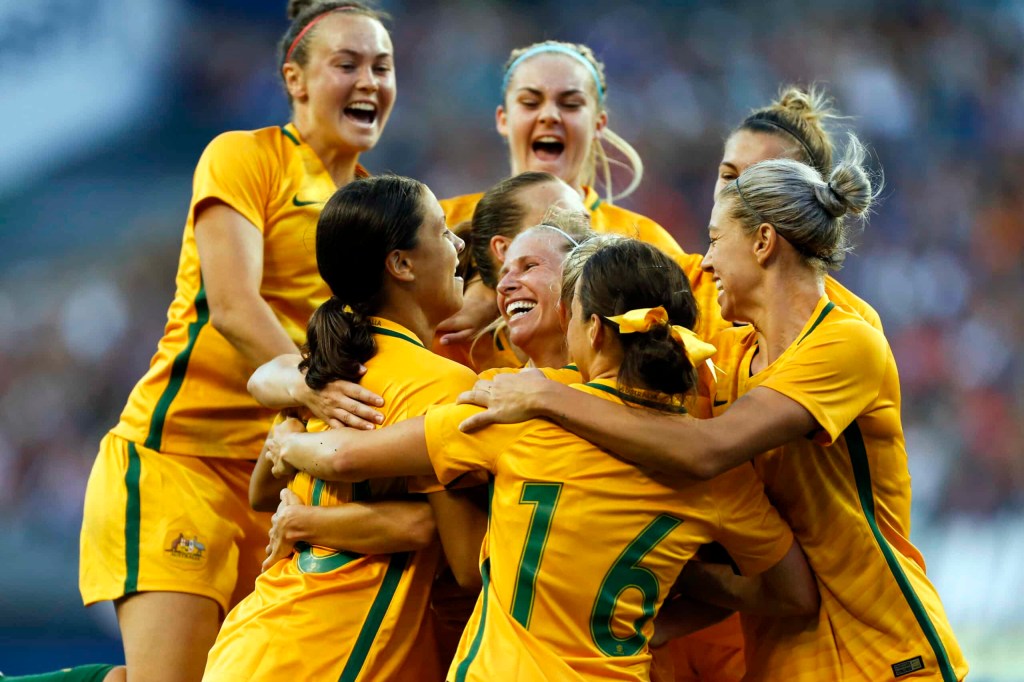The U.S. men’s basketball “Dream Team” went from Olympic dominance to medal disappointment in a span of just 12 years. The U.S. Women’s National Soccer Team is trying to avoid a similar fate in the 2023 Women’s World Cup — and faces an expanded and improved field in its bid for an unprecedented three-peat.
The two-time defending tournament champions will play their first game Friday at 9 p.m. ET (Saturday in New Zealand) against Vietnam. But this time around, the road to success that catapulted the U.S. team to global fame and glory in 2015 and 2019 will be undoubtedly more difficult.
The Americans remain the betting favorites, but the WWC field grew from the 24 teams to 32 — the largest ever. The USWNT’s Group E includes the Netherlands, the 2019 runner-up, and the talent gap between traditional powers such as the U.S., England, Germany, and Japan, and the rest of the world is quickly narrowing.
“The world that is catching up is Wales, is Vietnam, is Zambia, Portugal,” said USWNT coach Vlatko Andonovski. “No game is going to be easy.”
Since the 2019 title, USWNT stars including Alex Morgan and the retiring Megan Rapinoe have become household names, winning a slew of major awards and generating millions of dollars in endorsements. Rapinoe also became an outspoken voice on a wide range of social and political issues, and gender pay equity in soccer.
But the team is well aware that the off-field activity and cultural currency are predicated on continued on-pitch success.
“There’s more everything. But nothing happens without what happens on the field,” Rapinoe said earlier this year.



